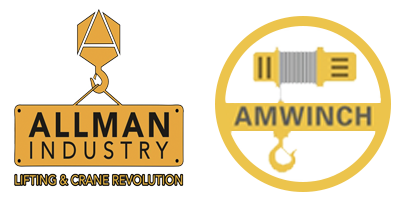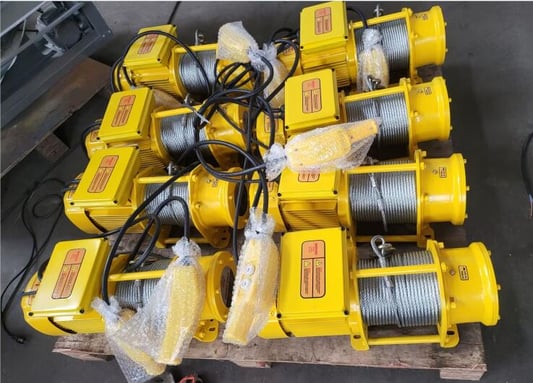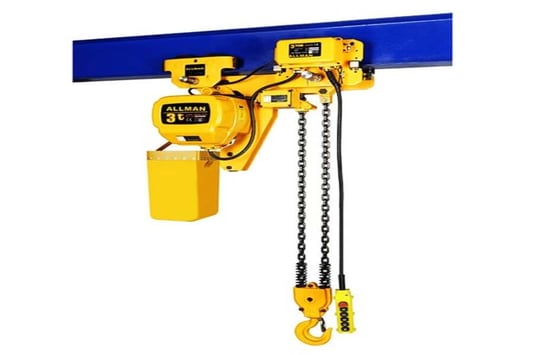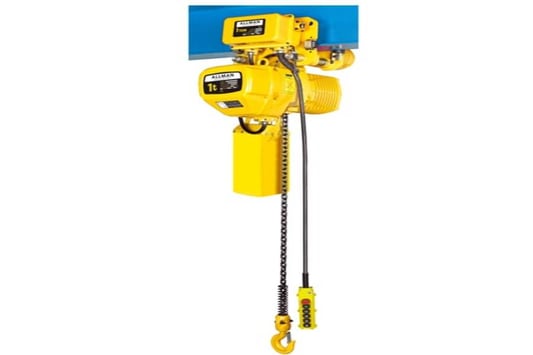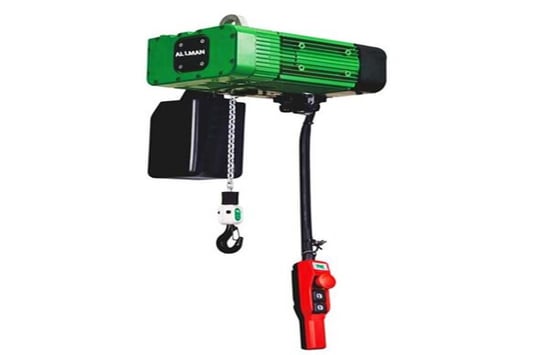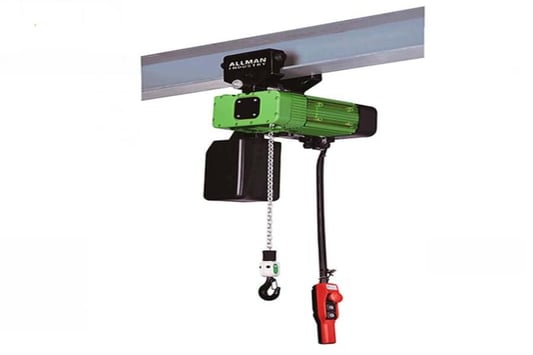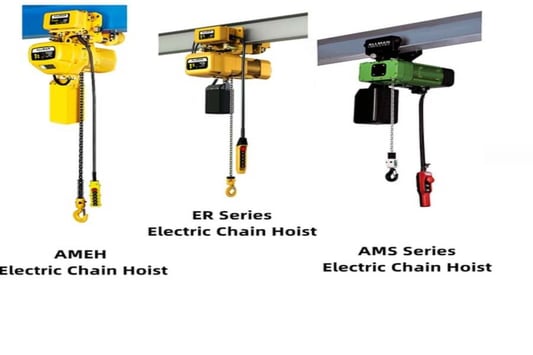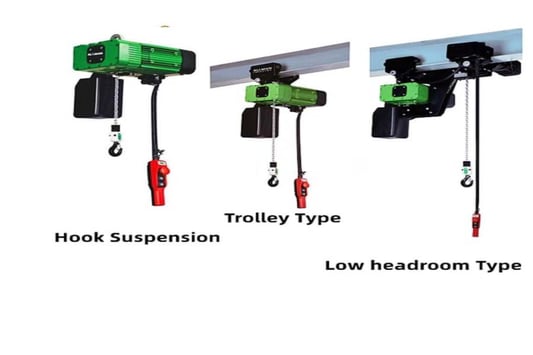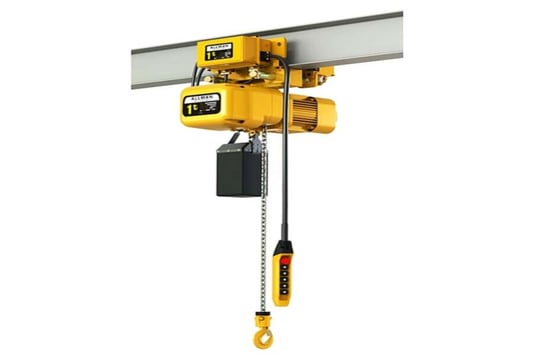What is a KDJ Car Winch?A KDJ car winch is a powerful tool used for towing vehicles, off-roading, and other heavy-duty tasks. It is designed to help with vehicle recovery by providing the necessary pulling force to move a stuck or disabled vehicle.Features of KDJ Car WinchesKDJ car winches come equipped with a variety of features that make them a must-have tool for any off-road enthusiast. Some common features include a high-powered motor, durable steel cable or synthetic rope, remote control operation, and weatherproof construction.Benefits of Using a KDJ Car WinchThere are numerous benefits to using a KDJ car winch, including increased safety during off-road adventures, the ability to assist other vehicles in need, and the peace of mind knowing that you have a reliable tool in case of emergencies.How to Choose the Right KDJ Car WinchWhen selecting a KDJ car winch, it's important to consider factors such as the weight and size of your vehicle, the type of terrain you will be driving on, and your budget. It's also crucial to choose a winch with the appropriate pulling capacity for your needs.Installing a KDJ Car WinchInstalling a KDJ car winch on your vehicle requires some basic tools and mechanical know-how. It's essential to follow the manufacturer's instructions carefully to ensure the winch is securely mounted and wired correctly.Maintenance Tips for KDJ Car WinchesTo ensure your KDJ car winch stays in top condition, regular maintenance is key. This includes inspecting the cable or rope for wear, keeping the winch clean and lubricated, and testing the operation of the winch periodically.Using a KDJ Car Winch SafelySafety should always be a top priority when using a KDJ car winch. This includes using proper hand signals when operating the winch, wearing gloves and eye protection, and never exceeding the winch's rated capacity.Popular Brands of KDJ Car WinchesSome popular brands of KDJ car winches include Warn, Smittybilt, and Superwinch. These brands are known for their quality construction, reliability, and performance in various off-road conditions.KDJ Car Winches for Different VehiclesWhether you drive a truck, SUV, ATV, or Jeep, there is a KDJ car winch available to suit your vehicle's needs. It's important to choose a winch that is compatible with your vehicle's mounting setup and weight capacity.Where to Buy KDJ Car WinchesKDJ car winches can be purchased at auto parts stores, online retailers, and specialty off-road shops. When shopping for a winch, be sure to compare prices, read reviews, and consider the warranty and customer service offered by the manufacturer.Quote Inquirycontact us
